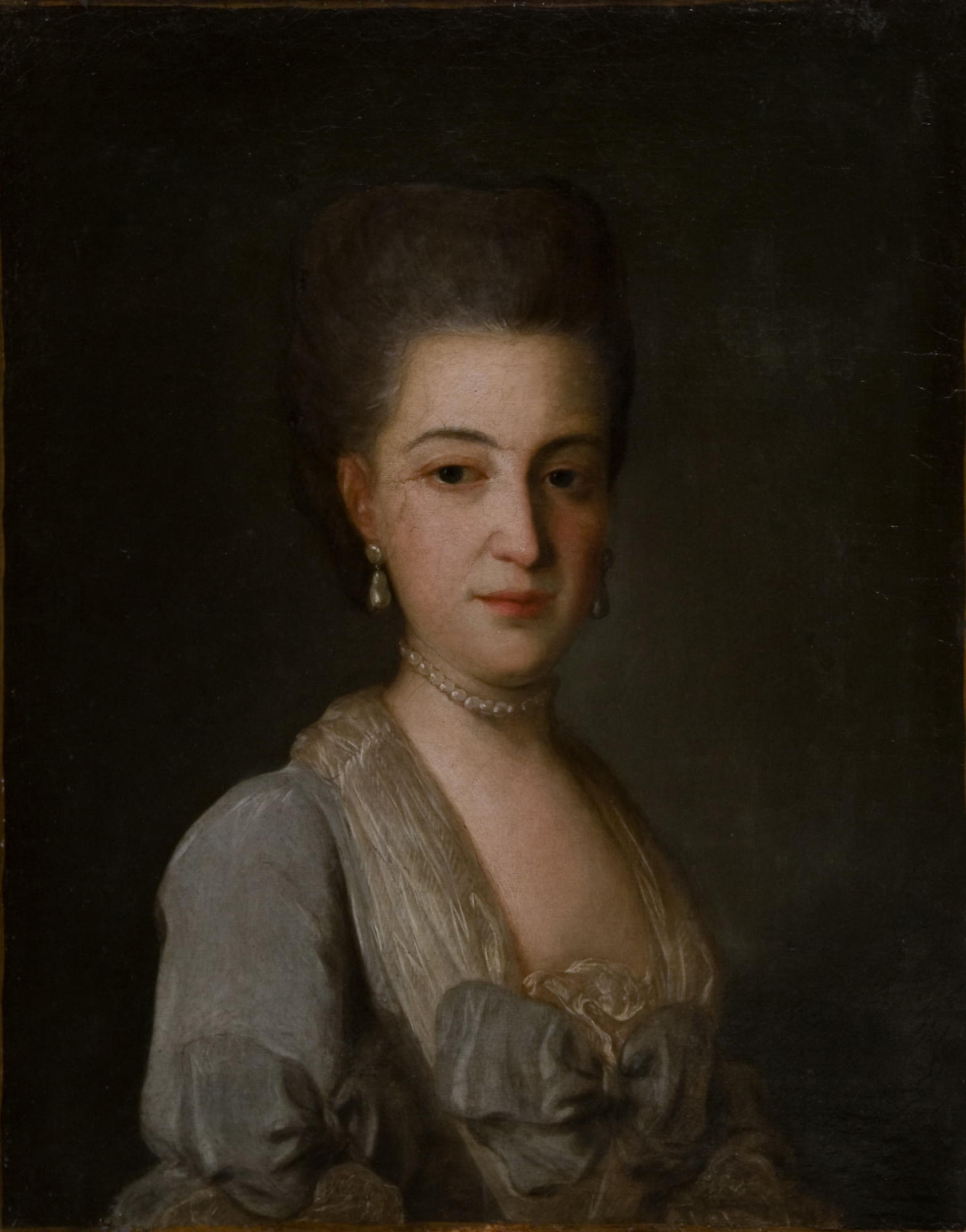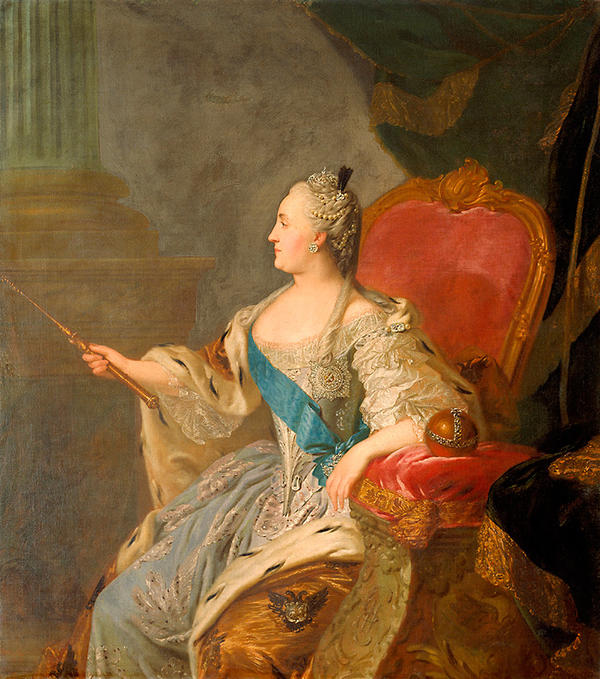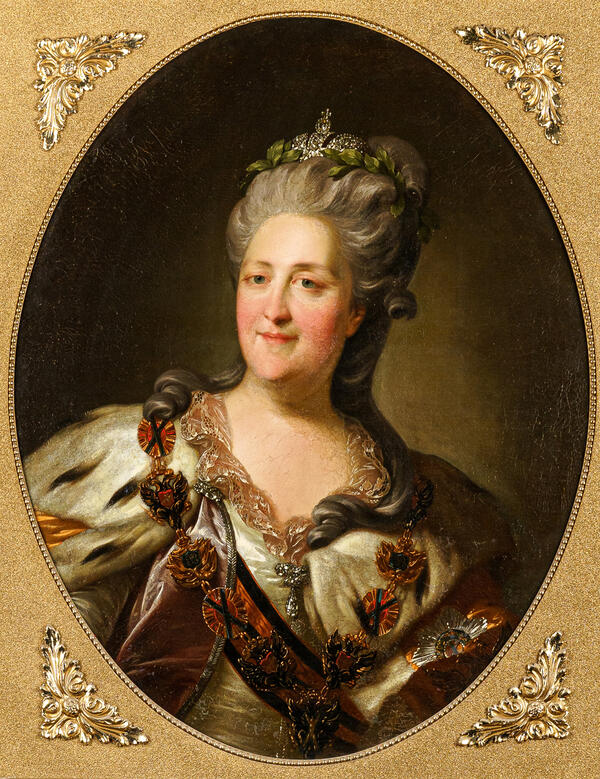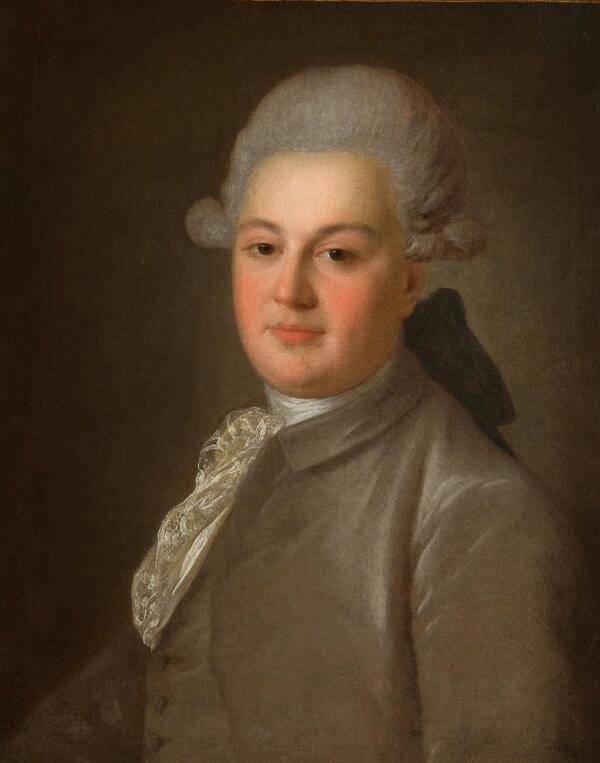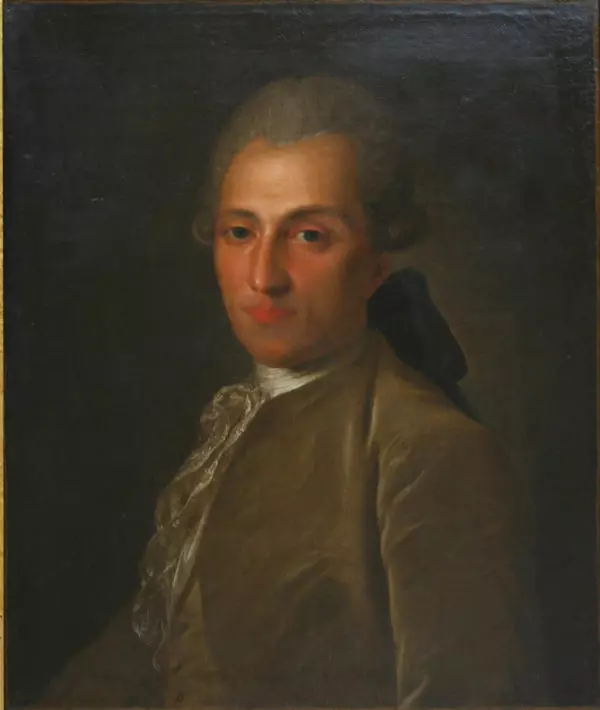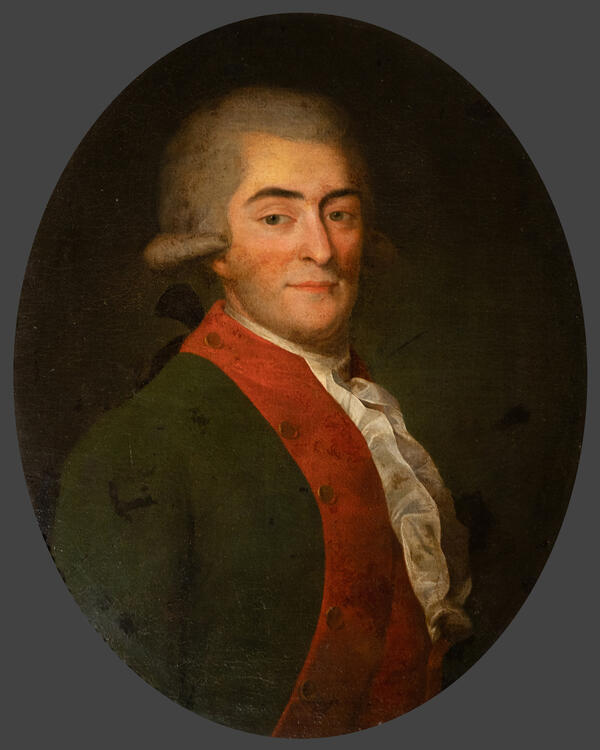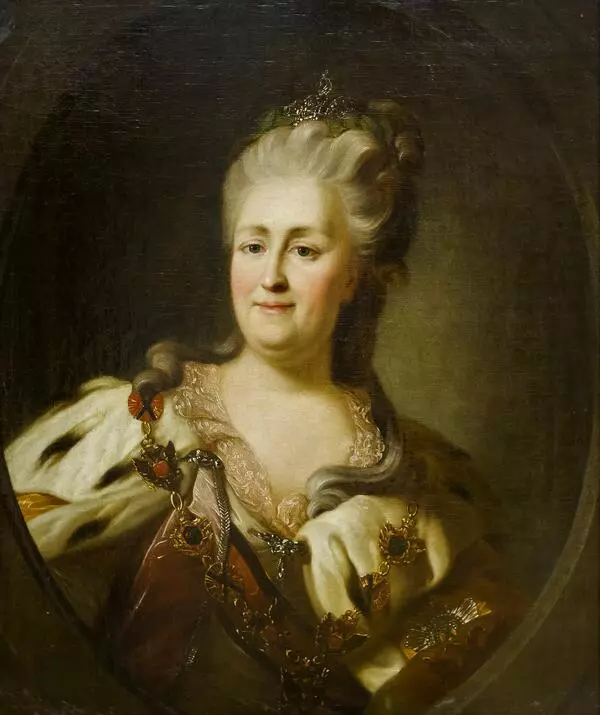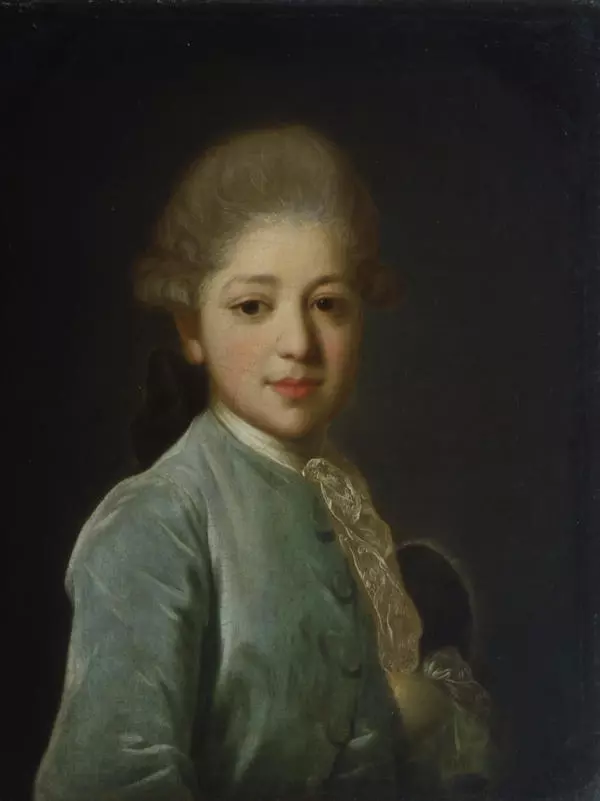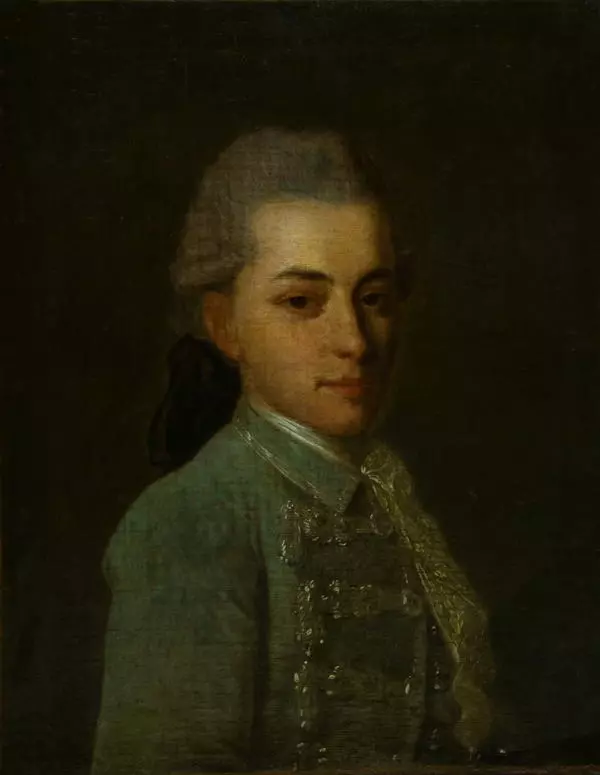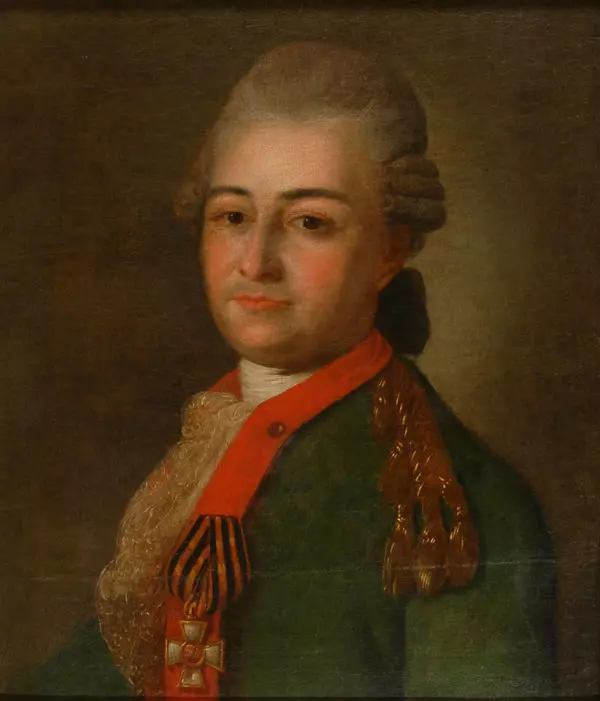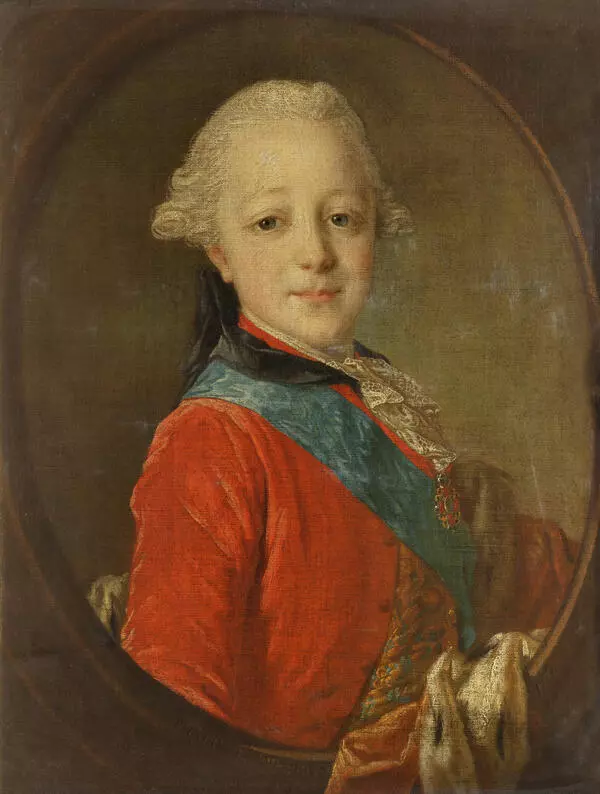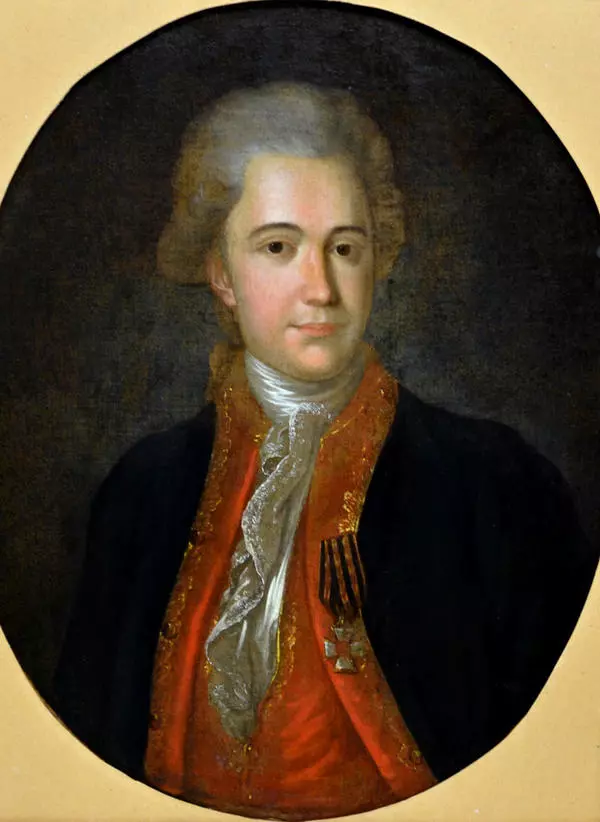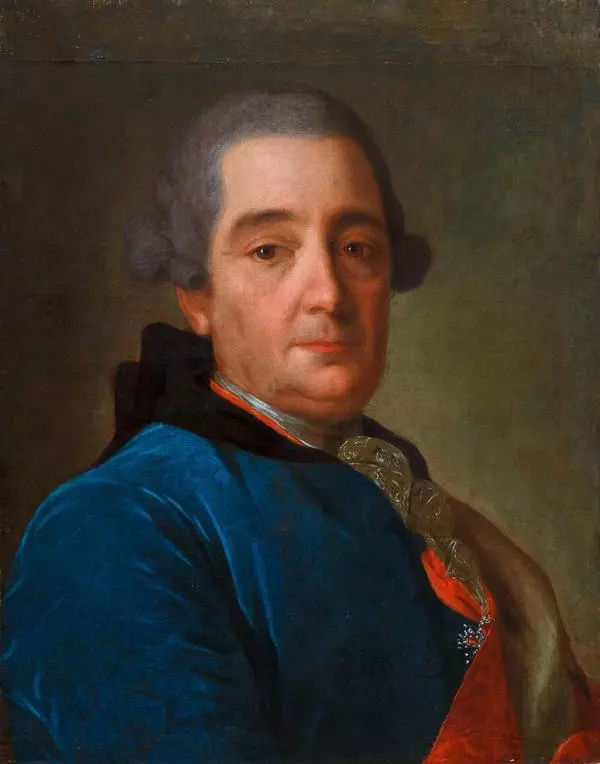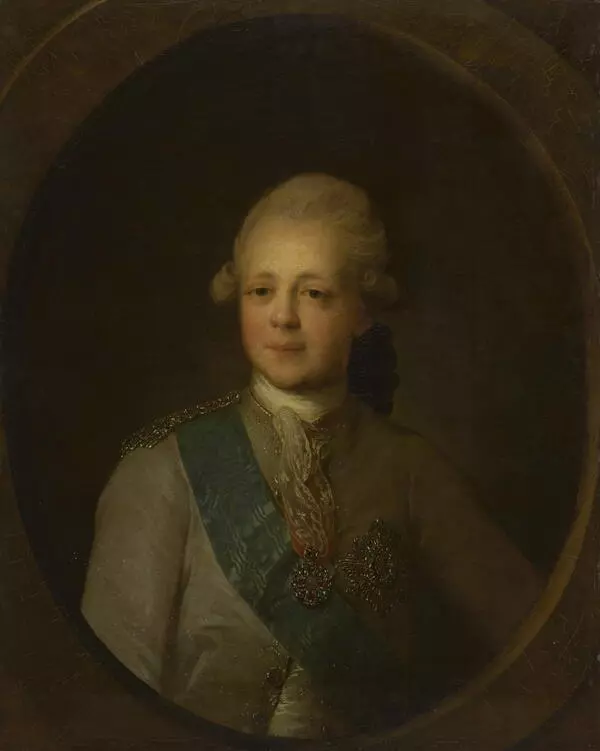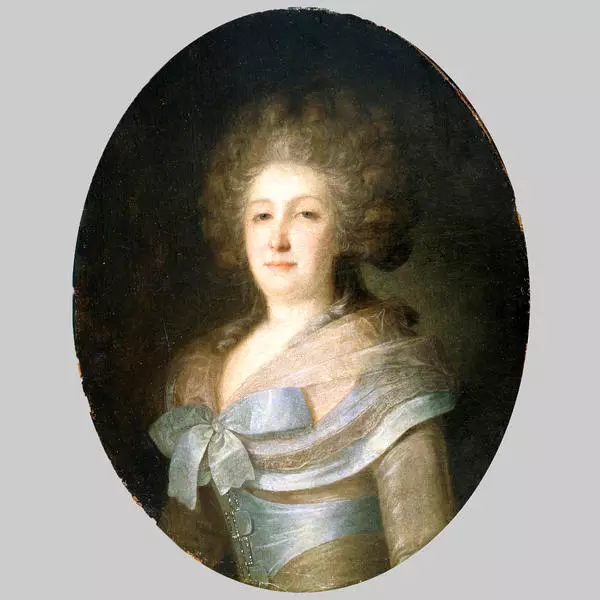The portrait of Countess Anna Osterman was painted by artist Fyodor Rokotov. He was one of the best painters of the Russian Enlightenment, the time of development of science and art. Portraits of many representatives of the Russian nobility, as well as the famous coronation portrait of the Empress Catherine II were painted by Rokotov.
Portrait of A.A. Osterman
Время создания
the 1760s
Размер
58x48 cm
Техника
canvas, oil
Коллекция
Выставка
2
Открыть в приложении#2
#6
Coronation portrait of the Empress Catherine II. 1763. The State Tretyakov Gallery.
#3
Fyodor Rokotov was born in Moscow and studied painting from his very early days. Once philanthropist Ivan Shuvalov came from the capital intending to establish the Academy of Arts. He singled out Rokotov from among other talented young people and took him to St. Petersburg.
#7
In the capital Fyodor Rokotov served in the First Cadet Corps, and later received the rank of captain, which gave him the status of nobility. In 1757 he retired from the military service and devoted himself entirely to painting. Rokotov took lessons from the French engraver Louis Le Lorraine and the Italian artist Pietro Rotary. At that time he created his only work not in the genre of portrait — he depicted the gallery in the house of Shuvalov.
At the age of 27 the young artist began to supervise students at the St. Petersburg Academy of Arts. In 1763 he came to Moscow to paint a ceremonial portrait of Catherine II. Three years later Rokotov was awarded the title of Academician For experience in the portrait art and for copying the painting Venus and Cupid by Italian master Luca Giordano.
#5
In the mid-1760s in Moscow Fyodor Rokotov worked on the family portraits of many famous families. He met Senator Ivan Vorontsov and painted a portrait of his wife and children. Vorontsov later introduced the artist to Count Ivan Osterman. First Rokotov was requested to paint portraits of Osterman’s children and then portraits of other family members. Two of those works can be seen today in the Tambov Picture Gallery.
#8
Anna Osterman, pictured on this canvas, was the sister of Chancellor Ivan Osterman. In 1742 she married artillery colonel Matthew Tolstoy. Empress Elisabeth Petrovna herself awarded the girl with a generous dowry.
#9
In the portrait of Anna Osterman Rokotov pointed out to her connection to her brother. This is evidenced by the compositional turn of the figure to one side, instead of the counter plan, as it was customary for portraits of married couples. The artist also emphasized the family resemblance of his heroine with her brother: the shape of the nose, the drawing of lips and the oval of the face.
#10
The Countess posed in a dress adorned with a moire pattern, which appears when two mesh drawings are applied. In the 18th century the fashion for such an outfit came to Russia from France.
#11
Ministry of Culture of the Russian Federation
читать дальшескрыть
00:00
00:00
1x
Portrait of A.A. Osterman
Время создания
the 1760s
Размер
58x48 cm
Техника
canvas, oil
Коллекция
Выставка
2
Открыть в приложении
Поделиться
